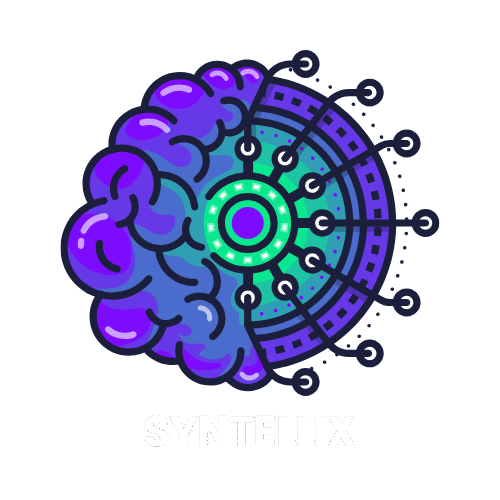Table of Contents
ToggleIn this fast technological world, it is important to stay informed about the latest tech trends to stay updated. If you don’t know what is happening in the technological world, then in my opinion you should live in a village and live a simple life.
To help you stay updated about the tech trends, I have learned, collected, and summarize these tech trends for you.
Lets explore these!
Top 5 Tech Trends You Should Know
Here are the technology trends you should know about.
AI TRiSM
AI TRiSM—short for Artificial Intelligence Trust, Risk, and Security Management—is an essential concept for organizations developing or using AI technologies. As artificial intelligence becomes more embedded in business operations, products, and services, managing its risks and ensuring responsible use is no longer optional.
AI TRiSM enables organizations to manage AI systems in a way that balances performance with accountability, ensuring their models operate reliably, remain secure, and reflect ethical and responsible practices.
This framework goes beyond technical performance to address real-world concerns like data privacy, model bias, explainability, and regulatory compliance. It helps build trust in AI systems by making sure they are fair, accountable, and protected from misuse.
In a world where tech trends are evolving rapidly, AI TRiSM is becoming a core strategy for companies looking to scale AI responsibly and sustainably.
Whether it’s used in healthcare, finance, retail, or manufacturing, AI TRiSM helps bridge the gap between innovation and integrity—making sure that AI delivers value without compromising on trust.
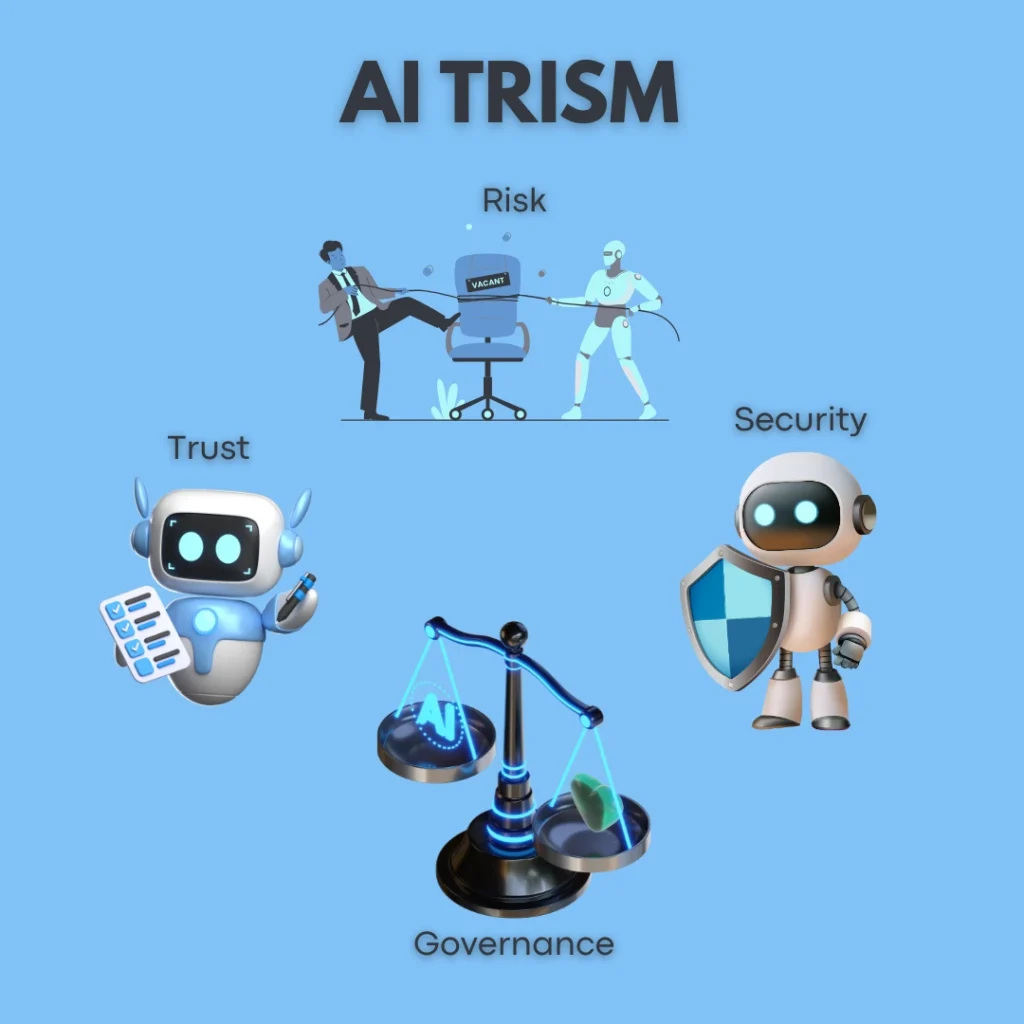
Neuromorphic Computing
Neuromorphic computing is a growing area in technology that takes its inspiration directly from how the human brain works. Instead of using traditional computing methods based on fixed commands and linear processes, neuromorphic systems aim to replicate how neurons and synapses send and process signals.
These brain-like systems are designed to learn from patterns, adapt over time, and handle information in a more natural and responsive way.
As tech trends continue to shift toward more intelligent and energy-efficient systems, neuromorphic computing is gaining attention for its potential to power devices that think and react more like humans.
This approach is especially useful in areas such as robotics, real-time sensors, and autonomous machines—where fast decisions, low energy use, and flexible thinking are essential. While still in the early stages, neuromorphic computing is becoming part of the larger conversation around how future technology can become more responsive, scalable, and closely aligned with human behavior.
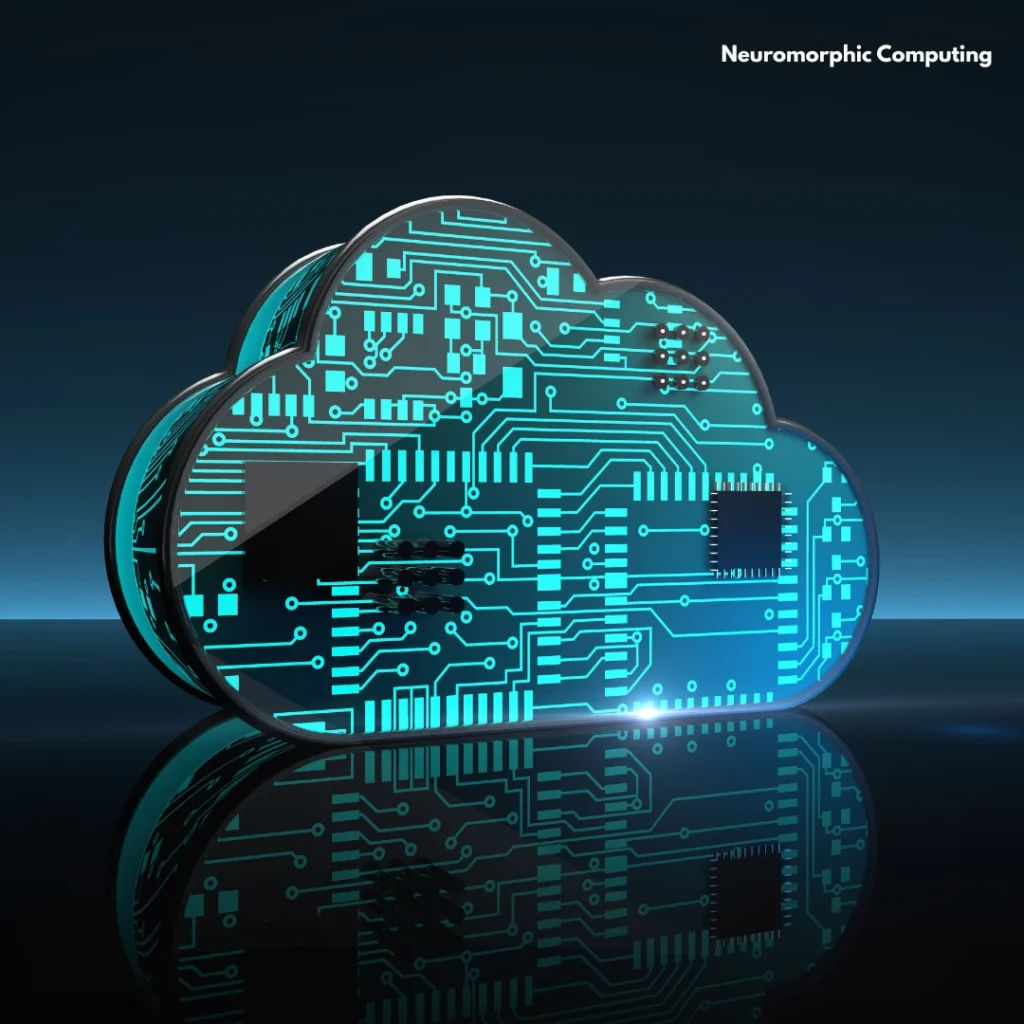
Ambient Invisible Intelligence
Ambient Invisible Intelligence is redefining how we engage with technology by embedding intelligent systems seamlessly into our daily environments.
Instead of relying on screens or manual input, this tech trend focuses on creating systems that can sense, understand, and respond to our needs in real time—without us having to directly interact with them.
It’s about making intelligence quietly available in the background, where it enhances everyday experiences without demanding attention.
Whether it’s lighting that adjusts to your mood, climate controls that anticipate your comfort, or AI assistants that provide support without prompting, the goal is to create an intuitive environment that adapts to people rather than the other way around. This shift represents a natural evolution in smart technology—where intelligence becomes part of the environment itself.
As Ambient Intelligence becomes more refined and ethically governed, it has the potential to make our spaces not only more responsive but also more human-centric, marking a significant step forward in the evolution of personalized technology.
In short, ambient invisible intelligence is like having a digital assistant that’s always there but you barely notice it’s working.
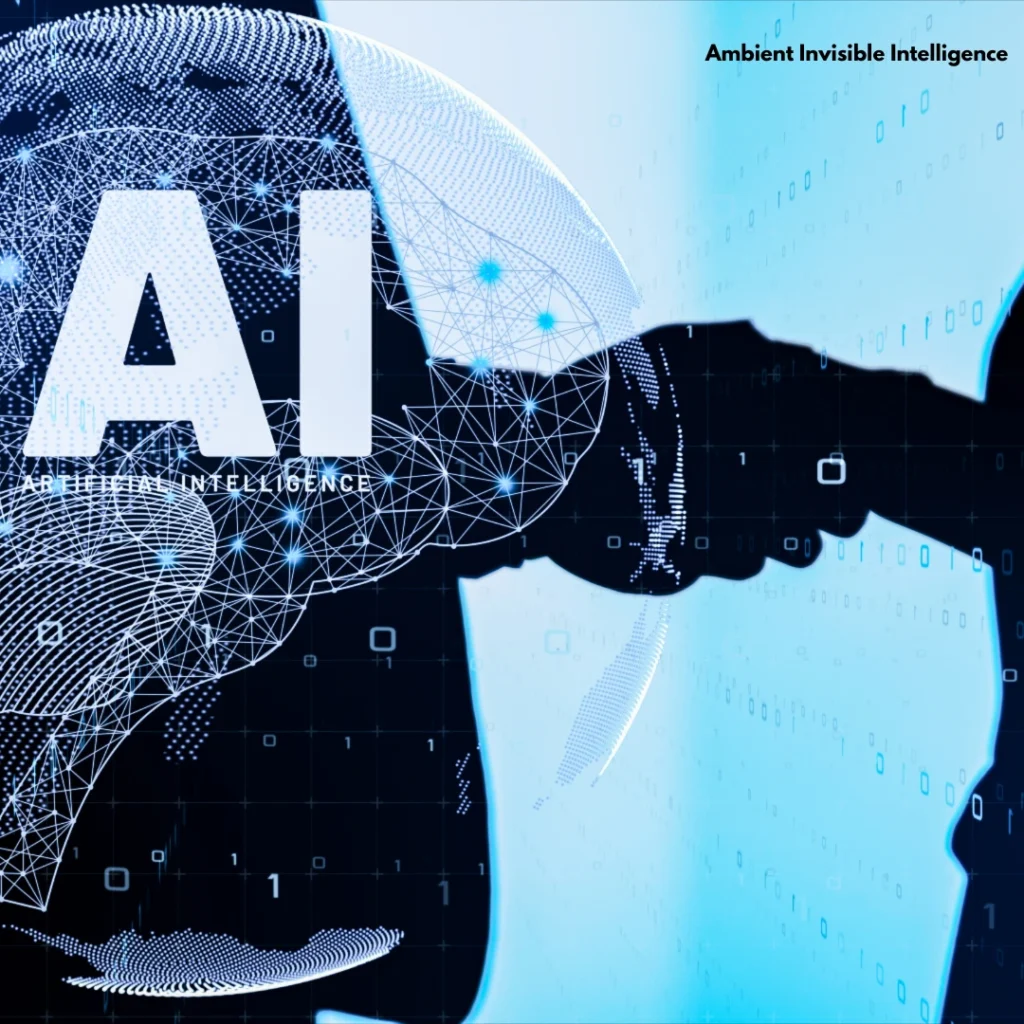
5G Plus: Taking Connectivity Beyond Speed
5G Plus, often referred to as 5G+, represents the next phase in mobile network evolution, building on the foundation of 5G with improved reliability, faster data speeds, and smarter connectivity. It’s not just about loading videos faster or reducing lag—it’s about enabling a new era of connected experiences that power modern tech trends like smart cities, autonomous vehicles, and immersive extended reality.
Unlike traditional 5G, which already brought major improvements over 4G, 5G+ integrates advanced features such as ultra-low latency, higher spectrum efficiency, and enhanced network slicing. These upgrades allow more devices to connect simultaneously without compromising performance—crucial for industries adopting automation and AI at scale. As businesses and consumers increasingly rely on real-time data and seamless digital interaction, 5G+ becomes more than a connectivity upgrade; it becomes the foundation for future innovation. This technology is setting the pace for what’s next, offering infrastructure capable of supporting the digital demands of tomorrow.
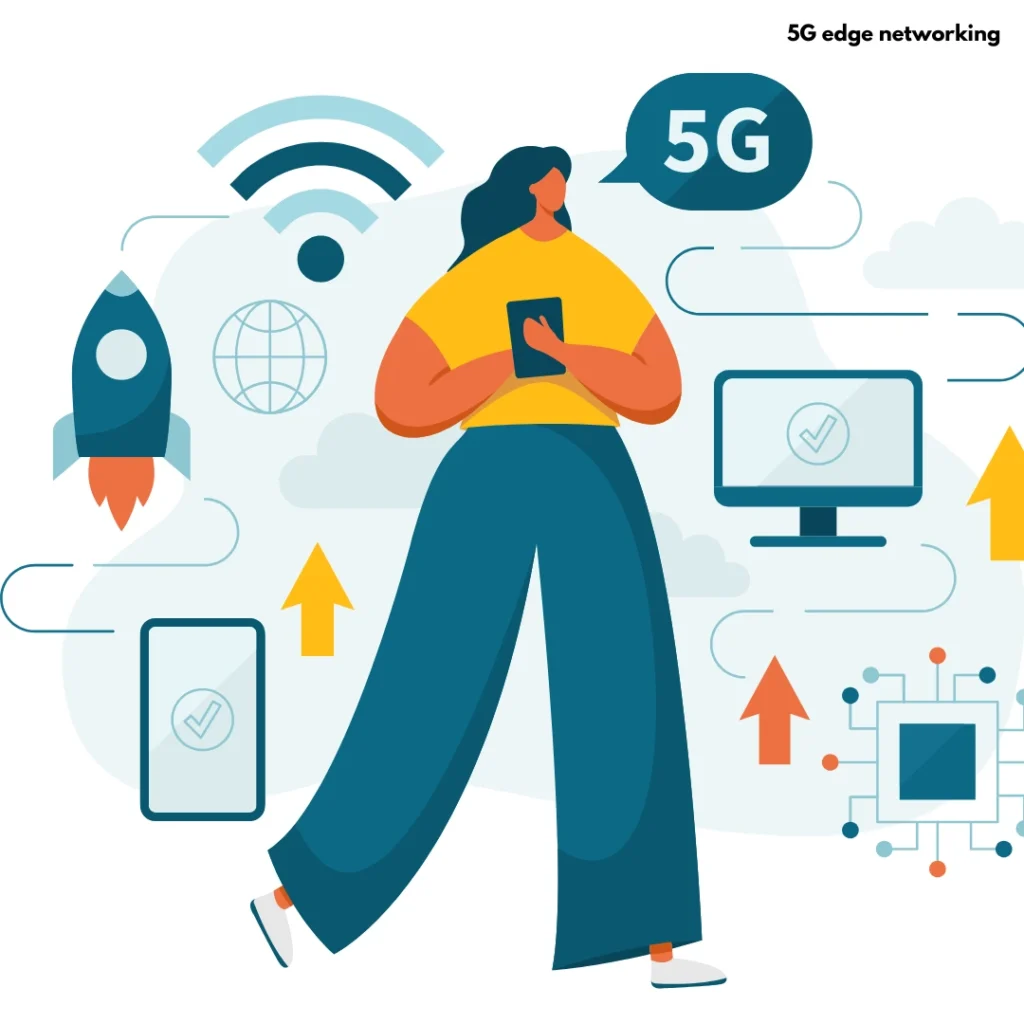
Post-Quantum Cryptography
Post-Quantum Cryptography (PQC) is a new type of encryption designed to protect data from being cracked by quantum computers. Traditional cryptographic systems like RSA or ECC rely on mathematical problems that are hard for classical computers but could be solved quickly by quantum machines using algorithms like Shor’s.
Post-Quantum Cryptography is our shield against tomorrow’s quantum threats, helping secure everything from bank transactions to national defense.

Some More Tech Trends
McKinsey Technology
McKinsey Technology isn’t just a consulting brand—it’s a forward-looking lens into the forces shaping our digital world. Each year, McKinsey releases comprehensive insights into the most influential tech trends transforming how industries operate and how people interact with technology.
These reports spotlight technologies like AI, quantum computing, and edge computing not as distant possibilities, but as practical tools businesses are integrating now to stay competitive and agile.
What sets McKinsey’s perspective apart is its data-driven approach to identifying not only what’s new but what’s scalable, sustainable, and delivering real impact.
From evaluating the maturity of emerging tools to analyzing adoption across sectors, McKinsey Technology helps leaders make informed decisions about where to invest and innovate.
As organizations navigate constant digital disruption, the framework McKinsey offers becomes a strategic guide—helping decision-makers connect the dots between today’s tech trends and tomorrow’s transformation.
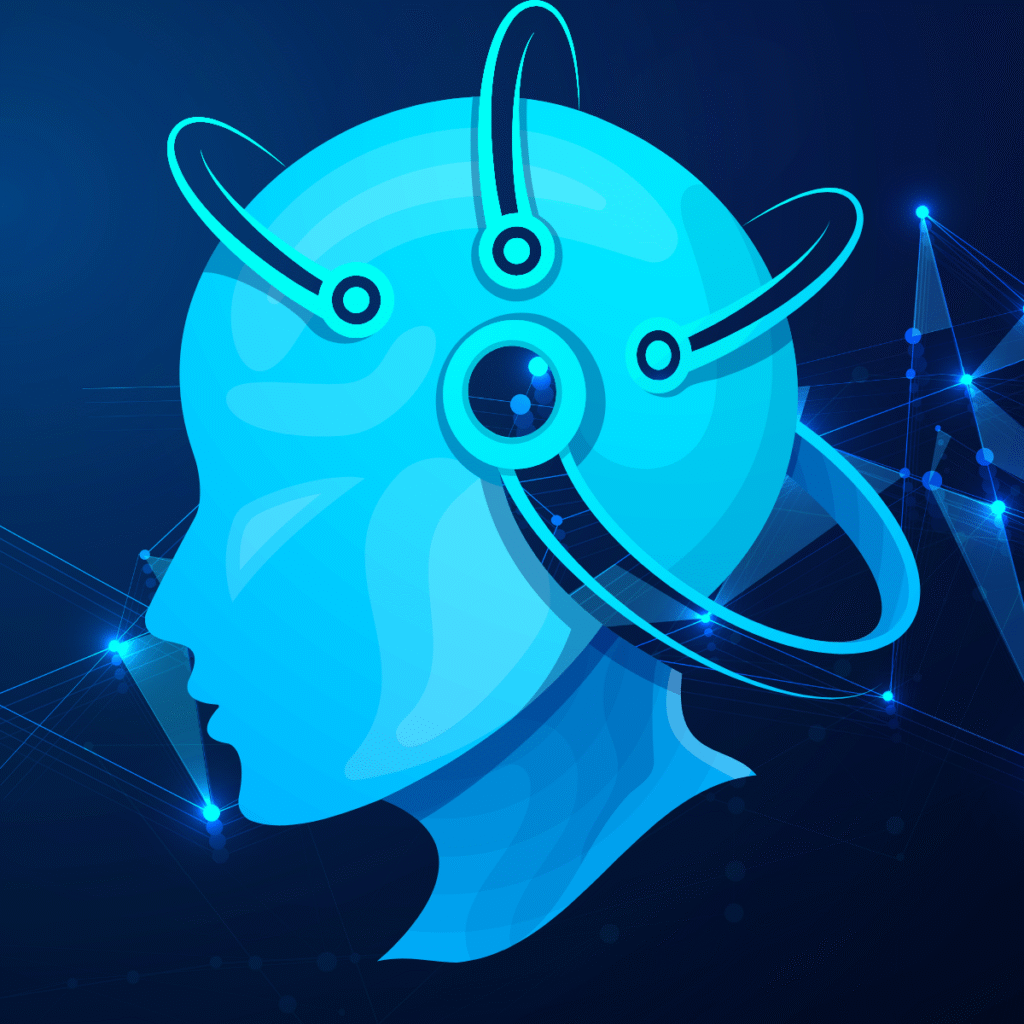
For more TECH AND BUSINESS insights visit our website The syntellix!
People Also Ask
What is the meaning of tech trends?
Tech trends refer to the evolving directions and developments in technology that significantly impact industries, businesses, and daily life. These trends often highlight emerging tools, platforms, or innovations gaining momentum—such as AI, cloud computing, or wearable devices.
What is the biggest technology trend?
As of 2025, the biggest technology trend is Artificial Intelligence (AI)—particularly generative AI, multimodal models, and AI agents. AI is transforming how people work, learn, and interact with technology, with major investments from companies in automation, customer service, content creation, and more.
What are the 10 latest technologies?
Here are 10 of the latest and most influential technologies in 2025:
-
Generative AI (e.g., ChatGPT, Sora)
-
Quantum computing advancements
-
AI agents and copilots
-
Edge AI & Edge Computing
-
6G research and early implementation
-
Spatial computing and AR/VR (Apple Vision Pro, Meta Quest 3)
-
Autonomous robotics
-
Green tech (carbon capture, sustainable energy AI)
-
Brain-computer interfaces (BCI)
-
Bioengineering and AI in healthcare
Which technology is trending in 2025?
In 2025, AI-driven automation, multimodal generative AI, and personalized AI agents are leading tech trends. Other trending technologies include edge computing, quantum AI, and privacy-enhancing technologies (PETs), reflecting growing interest in both innovation and responsible tech use.
Stay ahead of the curve with the latest insights, tips, and trends in AI, technology, and innovation.
